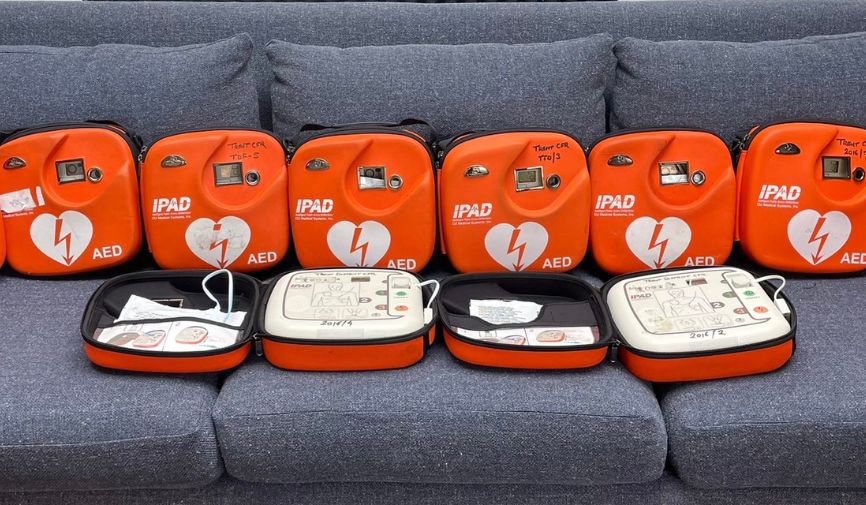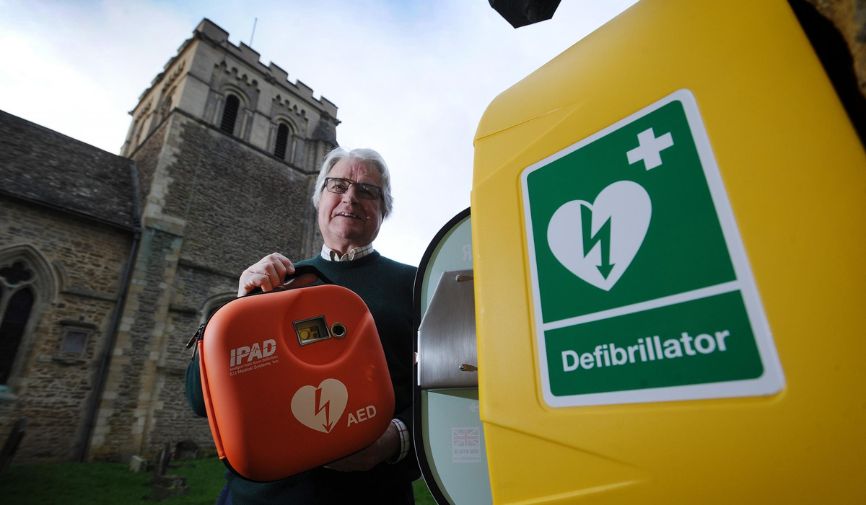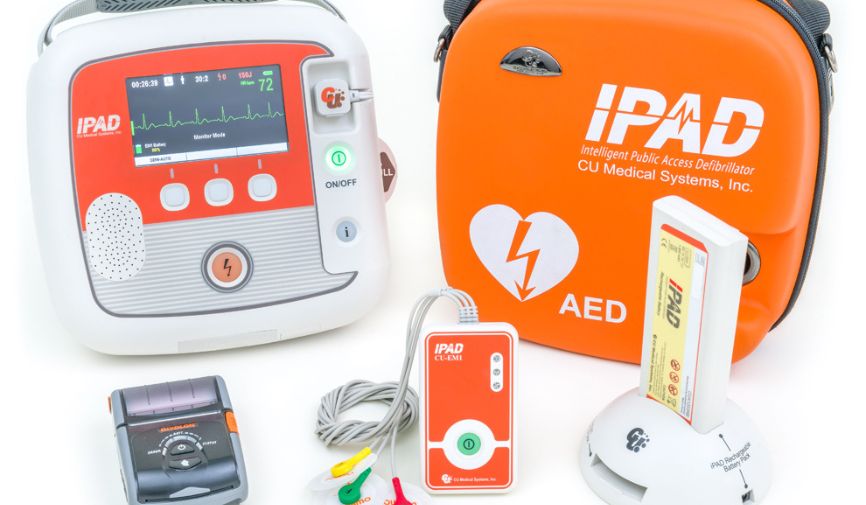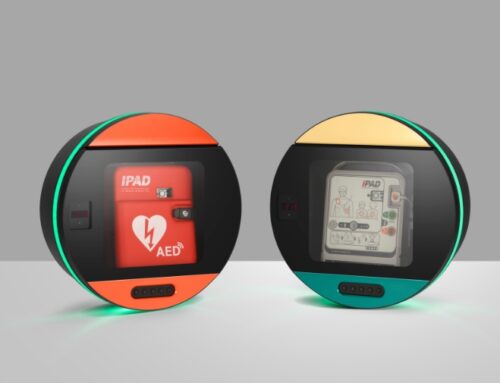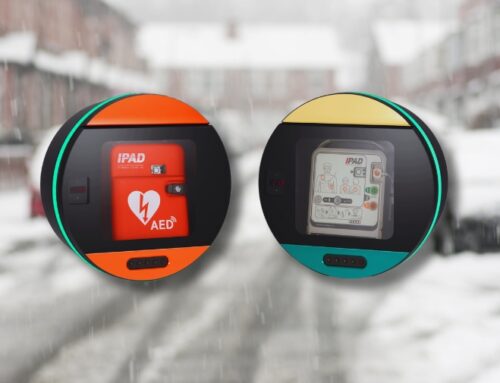Community Automated External Defibrillators, or AEDs, are becoming increasingly common, with an estimated 100,000 defibrillators in the UK as of 2022. This is brilliant news, as AEDs provide a life-saving device that anyone can use in the event of an out-of-hospital cardiac arrest.
However, it’s equally as essential to ensure that community defibrillators are correctly looked after and maintained so that, when a critical situation occurs, the device is fully functional and able to make that life-saving difference.
That’s why, in this blog, we’ll discuss some important ways to look after and test your defibrillator to keep it in good condition for those all-important emergencies.
Image Credit: iPAD
Seek out training in advance
Whether you’ve encountered AEDs or not, getting to grips with the hardware is essential. With various manufacturers on the market, defibrillators can differ slightly, so even if you’re used to using them, it’s worth seeking out training beforehand. This can give you the best possible chance of using the equipment
Every defibrillator manufacturer will provide a guidance manual or booklet explaining how to provide maintenance care. Taking the time to read this and acquaint yourself with the equipment is an important first step in looking after your AED.
Check it’s working
Internal and external damage
Checking your AED for internal and external damage is a vital way to look after and test your defibrillator. Most models will conduct regular self-scans to make sure they’re working properly, so If everything is optimised correctly, it will be indicated on a small LED screen or by a green light on the device.
This will be self-evident on many defibrillators sold in the UK but as we mentioned above, check the manufacturer’s handbook if you aren’t sure.
Cold weather checks
In cold weather, check and ensure regularly that your AED is watertight to avoid mould or dampness. It’s also worth checking the rest of the defibrillator for any signs of damage, as all technology can malfunction. It’s often worthwhile investing in a protective cabinet that gives superior protection from the elements.
Batteries
You should always check the battery light regularly, too. It’s usually a green light near the on/off switch, which should flash intermittently to show the battery is charged. You can also turn on your AED to make sure it starts up properly. Then, let the machine run for 20 seconds, and once you’re confident it’s working correctly, turn it off again.
It’s also worth ensuring that the batteries, usually found in the rear of the AED, are in date. Different models may use different batteries, so make sure you’ve checked carefully for the expiry date.
Overall, it’s important to keep the manual to hand and trust your instincts. If any component looks damaged, contact the manufacturer or supplier immediately for support.
Image Credit: iPAD
Component checks
As part of an AED kit, there are often various other components, such as sticky pads, disposable razors and scissors, and a face shield for use during CPR. These are critical pieces of equipment for correctly using a defibrillator, so ensuring they’re present and correct is a great way to look after your AED.
It’s important to check the expiry date on the sticky pads to ensure that they’ll be sufficiently adhesive, as this is vital for the defibrillator to work correctly. For the same reason, the razor is often necessary to shave the torso to avoid hairs obstructing the pads.
Ensure the various other components are properly packaged and kept sterile to reduce infection risks. Contact the manufacturer or supplier for a replacement if any item is missing or damaged.
Register on The Circuit
The Circuit is a national defibrillator network providing NHS ambulance services with vital information about defibrillators across the UK.
Not only does this service help ambulance crews assess and prioritise their callouts, but it also provides regular reminders to record your checks and notifies you when the electrode pads are close to expiration.
Registering your AED on The Circuit and then subsequently updating your record is quick and easy to do and gives excellent support in looking after and testing your AED.
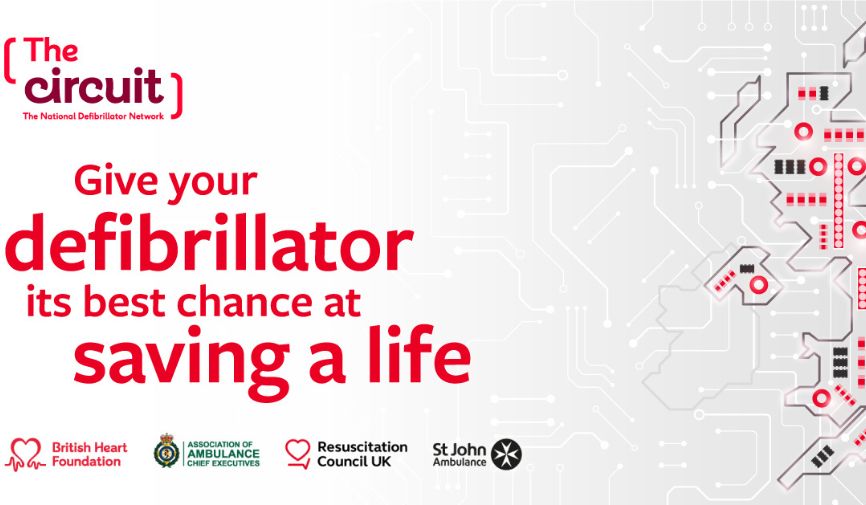 Image Credit: Resuscitation Council UK
Image Credit: Resuscitation Council UK
After use
If the defibrillator you’re responsible for has been used in an emergency, it’s vital to ensure it’s ready for another use.
Firstly, wipe down the case thoroughly using an antibacterial cleansing wipe.
Once clean, check there is no apparent damage and ensure the battery and self-tester indicators are still showing the machine is functional as per the manufacturer’s instructions.
Repeat your regular check for disposable items such as sticky pads or razors. If they’ve been used, safely dispose of them and replace them with new ones before returning your defibrillator to its safe storage location.
Following three steps in looking after your AED will ensure your defibrillator is ready for use during another emergency.
WEL Medical can help you keep your AED in perfect condition
At WEL Medical, we can provide your local AED with the components you need to keep it running properly.
In our shop, we stock not only AEDs but also various defibrillator consumables, as well as indoor and outdoor defibrillator cabinets, to keep your AED safe and dry.
Have a look at the articles below or get in touch for more information on how we can assist you in looking after and testing your AED.

